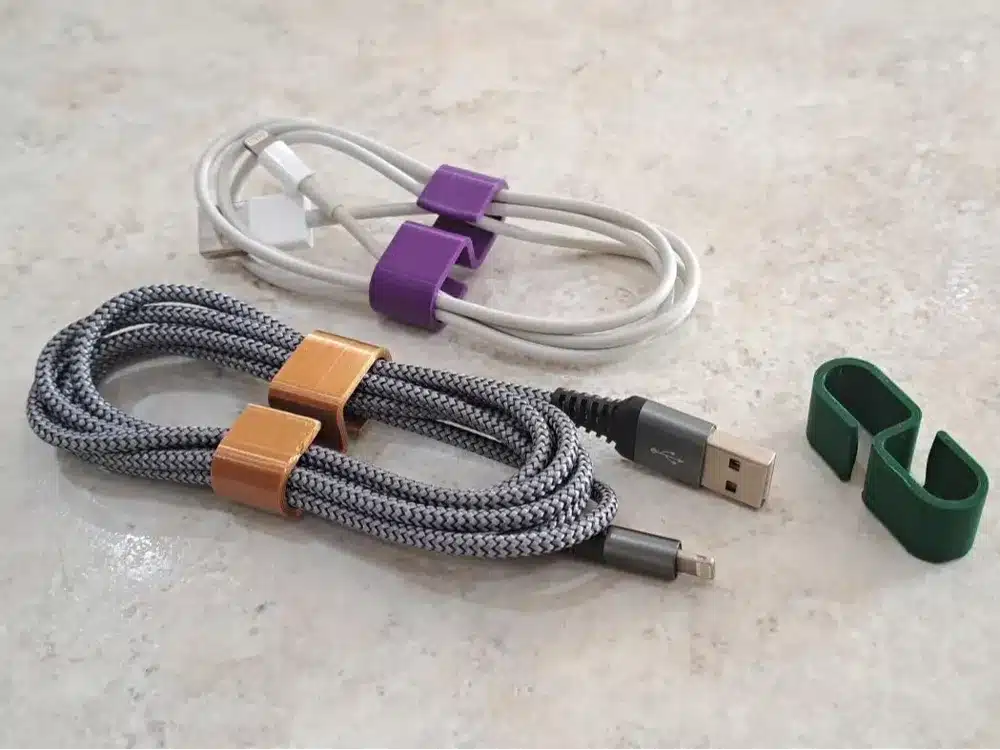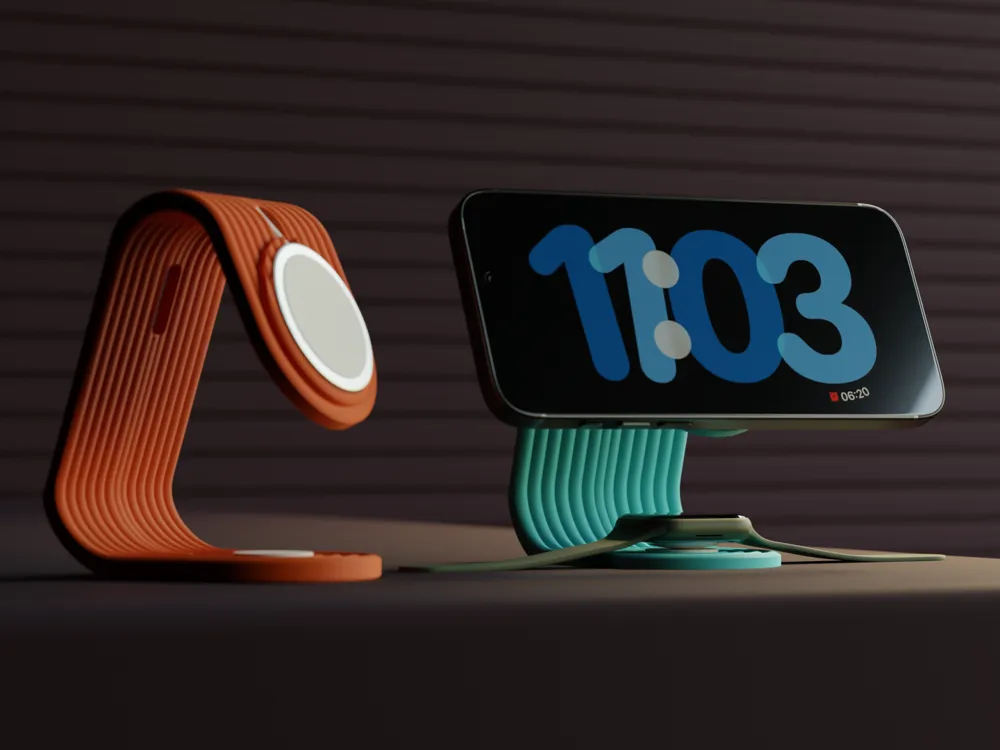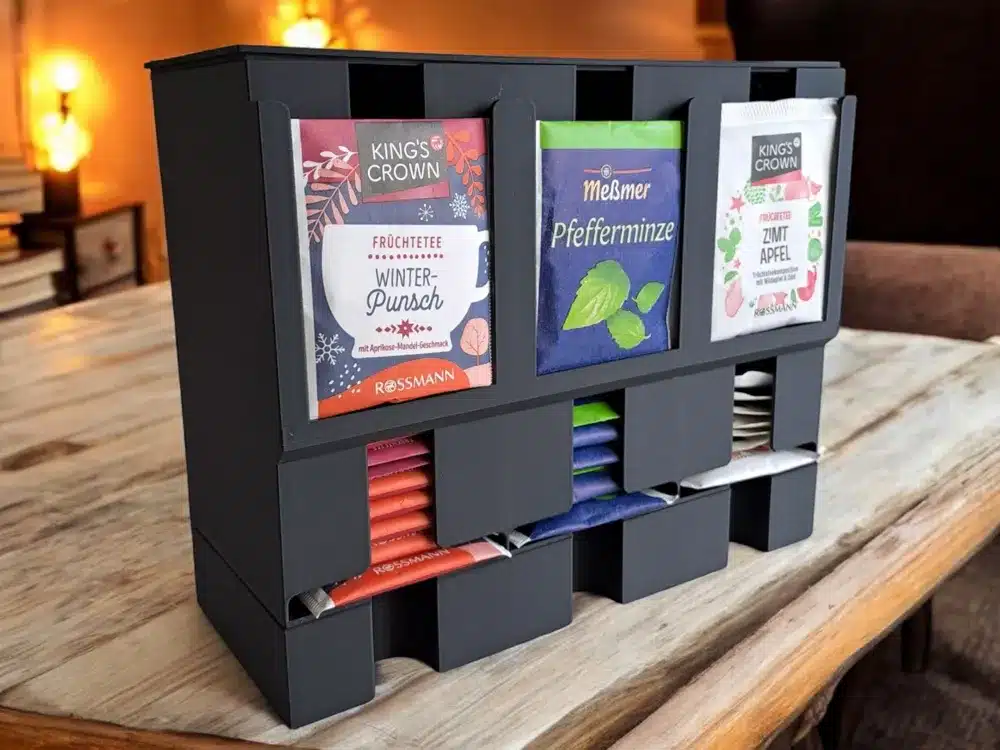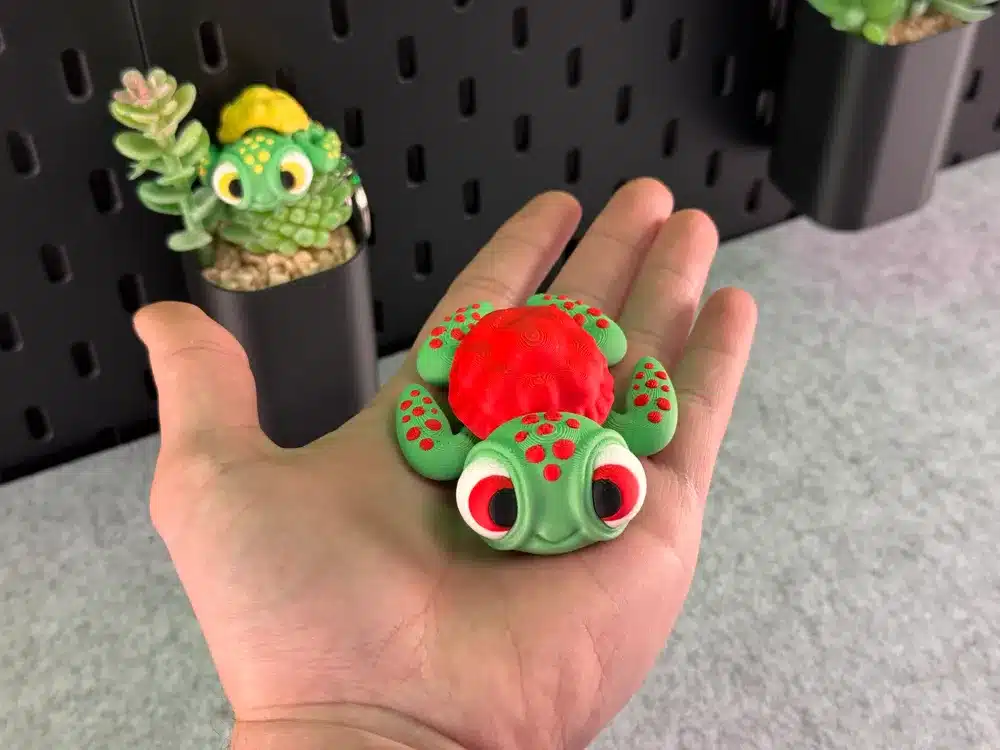3D printing has transformed the way you bring ideas to life, allowing you to create a wide range of fascinating and practical objects. Whether you’re interested in gadgets, art pieces, or cosplay props, very cool 3D designs capture both creativity and functionality in unique ways. The versatility of 3D printing enables you to produce models that are as useful as they are visually impressive.
You don’t need advanced skills to access thousands of designs ready for printing, thanks to online platforms offering popular and innovative files. Exploring these resources can inspire your next project with fresh ideas that push the boundaries of what you can create at home or in a workshop.
By combining imagination with technology, you open up endless possibilities for customization and innovation in your 3D printing projects. This makes very cool 3D designs not just eye-catching, but also meaningful and tailored to your needs.
Key Takeways
- You can create both practical and artistic objects using 3D printing.
- Online repositories provide numerous ready-to-print design files to explore.
- Customization and innovation are central to producing impressive 3D prints.

https://makerworld.com/en/models/574326-cable-organizer-cable-clip?from=search#profileId-494639
Defining Very Cool 3D Designs
Very cool 3D designs combine creativity, usefulness, and technical skill. They balance aesthetic appeal with function and often incorporate popular materials and printing techniques. Understanding what makes a 3D design impressive helps you choose projects that match your skills and interests.
What Makes a 3D Design Stand Out
A 3D design stands out through originality, precision, and usability. Unique shapes or innovative mechanics catch attention. High-detail models with clean, smooth surfaces show advanced design and printing skills.
Functionality matters too. Designs that solve real problems or enhance everyday life rank as cooler. For example, practical tools or customizable gadgets showcase both creativity and purpose. Compatibility with your printer and ease of printing are also key factors.
Visual appeal isn’t just about complexity. Sometimes simple but bold designs impress more due to clarity and design intent.
Popular Types of 3D Models
You can find cool things to 3D print across various categories:
- Practical gadgets: phone stands, cable organizers, or drawer dividers.
- Artistic sculptures: detailed figurines, abstract shapes, or miniatures.
- Cosplay props: helmets, weapons, or accessories tailored for costume use.
- Mechanical parts: gears, hinges, or custom enclosures for electronics.
Each type offers something unique. Functional pieces bring usefulness. Artistic models highlight design skills. Cosplay pieces often combine intricate details with wearable form.
Choosing your focus depends on your interests and printer capabilities. Popular free and paid designs can inspire your own creations or modifications.


Common Materials and Filaments
Material choice directly affects your 3D design’s look and function. PLA is the most common filament due to ease of use, low warping, and eco-friendliness. It works well for decorative and low-stress parts.
ABS offers higher strength and heat resistance but requires better printer settings and ventilation due to fumes. PETG balances strength and printability, suitable for mechanical parts.
Specialty filaments like flexible TPU or wood-fill offer unique textures and functions. When selecting filament, consider:
| Filament Type | Strength | Print Difficulty | Typical Use Cases |
|---|---|---|---|
| PLA | Medium | Easy | Decorative items, prototypes |
| ABS | High | Moderate-High | Durable parts, enclosures |
| PETG | High | Moderate | Functional parts, mechanical |
| TPU (Flexible) | Low-Med | Moderate | Flexible items, grips |
| Wood-fill | Low-Med | Moderate | Artistic models, unique finish |
Your material choice can elevate your design from simple to very cool by matching appearance and durability to the purpose.

Creative Applications for 3D Printing
You can create highly customized items that serve both practical and aesthetic purposes. These include home decor, functional tools, and accessories designed for daily use. Each item can be tailored in shape, size, and material to fit your specific needs and style.
Innovative Home Decor
You can print vases, planters, and ornamental pieces that fit your living space perfectly. Designs often emphasize minimalist or geometric forms that add a modern touch to your environment. Many 3D models allow for easy customization of color and texture.
Small objects like decorative coasters or wall-mounted organizers save space while enhancing visual appeal. You also have the option to replicate intricate details that are difficult to craft manually. This provides a unique level of personalization for your decor with affordable materials.
Functional Everyday Objects
3D printing lets you produce optimized tools and gadgets like cable management boxes, phone stands, and key holders. These objects are designed to solve common problems with efficient use of space and materials. You can modify designs to improve ergonomics or add personalized features.
You can quickly replace broken parts or create multi-functional items not readily available in stores. This approach reduces clutter and enhances your day-to-day organization. Durable filaments ensure these prints withstand regular use without frequent replacements.

https://makerworld.com/en/models/613311-raccoon-wall-key-holder?from=search#profileId-536948
Food Safe Prints and Utensils
When using food-safe materials like certain PLA blends or PETG, you can print kitchen accessories such as coffee filter holders or customized cookie cutters. It is essential to verify the filament’s safety certification and follow recommended post-processing techniques.
Smooth surfaces and sealing help prevent bacterial growth on utensils. You must avoid porous or rough finishes for items in direct contact with food. This lets you create practical, hygienic tools tailored to your cooking habits.
Unique Pencil Holders and Lamps
Custom pencil holders from 3D prints can combine compartments with sleek designs that fit your workspace. You can integrate slots for pens, smartphones, and even small gadgets. This organizes your desk while reflecting your personal style.
For lamps, you can fabricate frames and shades that diffuse light artistically. Shapes range from simple geometric forms to complex patterns that create distinctive lighting effects. You control size, brightness direction, and the integration of LED components, enabling functional art pieces for your room.


Finding and Sharing 3D Design Files
Accessing and sharing 3D design files is essential for creating objects with your printer. You need reliable sources for STL files, tools to customize or build models, and a community to exchange ideas and creations.
Best Platforms for STL Files
You can find thousands of ready-to-print STL files on popular websites. Thingiverse offers a vast collection of free models, including practical tools, toys, and artistic designs.
MyMiniFactory and Printables focus on print-verified models, reducing failed prints. Cults provides both free and paid designs, often emphasizing unique or artistic pieces.
Check platform features like user ratings and printing tips. Many sites support direct downloads and provide previews to inspect model details.
| Platform | Strengths | File Types |
|---|---|---|
| Thingiverse | Huge variety, free files | STL, OBJ |
| MyMiniFactory | Verified prints, community | STL, OBJ |
| Printables | Large user base, diverse | STL, 3MF |
| Cults | Free and paid, artistic | STL, OBJ, others |
Using CAD & 3D Modeling Software
If you want to tweak existing models or design your own, you’ll use CAD or 3D modeling software. Programs like Fusion 360, TinkerCAD, and Blender allow you to create or modify STL files easily.
Some software offers parametric design, which lets you adjust dimensions quickly, ideal for customizing parts. Export options usually include STL so you can print directly.
Learning basic CAD skills improves your control over the final print, especially if standard files don’t match your needs. You can also repair faulty models or optimize them for better printing.

Community Contributions and DIY Approaches
A vibrant community drives much of the 3D printing world. You can share your designs on platforms like Printables or Thingiverse and get feedback or tips to improve.
DIY culture thrives through forums and groups where users discuss modifications, material choices, and troubleshooting. Open-source designs encourage collaboration and iterative improvements.
You can find niche projects or specialized parts shared by users worldwide, including projects like Aria that push creativity in 3D printing. Sharing your files increases knowledge flow and helps others with similar interests.

https://makerworld.com/en/models/1405389-articulated-cute-turtle#profileId-1458149
The Future of Cool 3D Design
3D design is evolving through advances in printing technology, manufacturing automation, and software like Blender. These developments give you more control and creativity while improving efficiency and precision.
Trends in 3D Printing Technology
You can expect 3D printers to become faster and more precise in 2025. New materials are available, including flexible and composite filaments, which expand what you can create. Multi-material printing lets you combine textures and colors in a single print, making your models more realistic and functional.
Affordable desktop 3D printers are becoming more accessible, helping hobbyists and professionals alike. High-end industrial printers now support larger builds and complex geometries, pushing the boundaries of design possibilities in industries like automotive and healthcare.

The Role of Manufacturing and Automation
Automation is streamlining the process from design to production. You can use automated systems to handle tasks like part assembly and quality inspection, reducing manual labor and errors. This increases output without sacrificing precision.
Manufacturing integrated with 3D printing allows for rapid prototyping and small-batch production, cutting lead times significantly. Additive manufacturing fits well in supply chains that require customization, letting you quickly respond to market demands or client needs.
Expanding Possibilities with Blender
Blender remains one of the most versatile tools for 3D design. Its open-source nature means constant updates and plugins enhance usability and capability. You can rely on Blender for everything from modeling to animation and even 3D printing preparation.
New features focus on improving realism and workflow, such as better sculpting tools and real-time rendering. You can export models directly compatible with 3D printers, optimizing your designs for print success. Blender’s adaptability supports both beginners and advanced users in creating innovative 3D projects.
- 18shares
- Facebook0
- Pinterest18
- Twitter0



